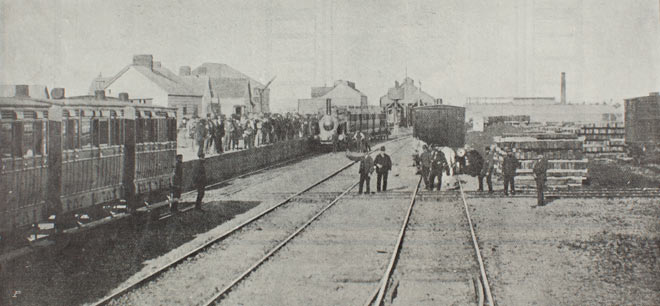
The provinces all engaged in railway building in the 1860s, but did not always choose the same gauge (distance between the tracks). Mostly flat Canterbury, for example, selected a relatively broad 5-foot 3-inch (1,600-millimetre) gauge, while other, hillier provinces opted for a narrow 3-foot 6-inch (1,067-millimetre) gauge. The value of standardising the gauge was one argument for centralisation, and it duly took place – at 3-foot 6-inches – in 1876, at the time of the abolition of the provinces.
Using this item
Canterbury Museum, Bishop Collection
Reference:
Weekly Press, 2 August 1905 (1923.53.700)
Permission of Canterbury Museum, Rolleston Avenue, Christchurch, New Zealand must be obtained before any re-use of this image.








Add new comment